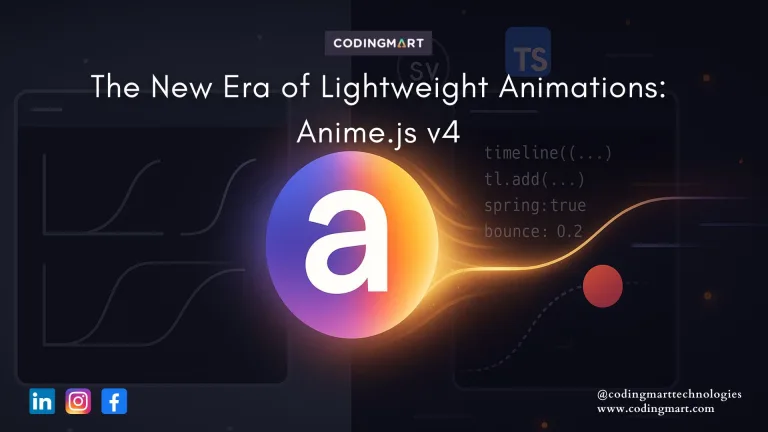blogs
Can a React Developer become a React Native Developer Easily?

React and React Native was introduced by Facebook to build world-class mobile and web applications with enhanced performance. They simplify the process of development and provide a comfortable experience to users. Both are famous progressive technologies that drive web and mobile applications respectively.
First, let us see the key advantages of working with React and React Native. In order to convert from a React Developer to a React Native Developer, we need to understand the similarities and differences between them.
React
React is a declarative Javascript library (not a framework or a tool) used for building dynamic and interactive UI with uncompromised performance. It is responsible for the View layer of the MVC framework.
It has Virtual DOM which is faster than the conventional full refresh model. This virtual DOM refreshes only the updated part of the DOM which makes programming faster. It is SEO friendly and improves the debugging speed and has readable code making the developer’s life easy.
React Native
React Native is an exciting framework that mainly focusses on mobile applications especially ios, android, and Windows platforms. It uses Javascript to create cross-platform native apps which means the same application will run on both android and ios without sacrificing the end user’s experience or application quality. Hence the need for building two separate applications is avoided and development time is also reduced.
It has almost all the benefits of ReactJS. It is almost similar to React but it contains Native modules and components instead of web components. It follows the principle of “ Learn Once Write Everywhere”. The main advantage is hot reloading that is the change in any business logic is live reloaded on-screen during development thus improving the performance and speed.
Similarities
React and React Native is open-sourced by Facebook. They follow JSX syntax extension, a syntax that lets you write elements inside Javascript For Example <Text> You look amazing today. </Text>. They have similar Javascript structure with properties, state, and use management libraries. Lifecycle functions such as render() are common for both. React component lifecycle methods such as Mounting, Updating, and Unmounting are followed in both.
Both follow component-based architecture. In both systems, the main intention is to reuse UI components and reduce development time and effort.
Differences
ReactJS is a JS Library while React Native is a framework. The setup and running process of both are quite different. In React, while setting up, you need to choose a web pack and decide bundling modules that suit your project. But in React Native, you can start coding immediately after running a command line because it readily provides the package of things you require. You just need to install Xcode (in case of ios platform) or Android Studio (for Android) on your computer to run the app.
Both have different components. In React, html components like <div>,<p>,<input> are used whereas React Native uses its own native-app view components like <Text>,<View>, <TextInput>, <Image>, <ScrollView>.
Unlike React, React Native does not use CSS tags for animation. It uses built-in animated APIs to animate components of your app. You have to get yourself familiarized with React Native syntax. React uses Virtual DOM to render code while React Native uses native APIs.
The transition from React to React Native
If you know React which is the base abstraction of React native, you can easily learn the differences between both without learning another programming language, syntax, or workflow. The following points should be considered while changing from the React app to the React native app.
- The view part has to be done from the beginning because React Native does not support HTML elements. So you have to learn the alternative components that function in a similar way.
- There is no need to rewrite the entire React Application. All you have to do is add React Native Components into the existing app’s code.
- If the business logic is well structured and clear, the same code can be reused in both systems.
- In most cases, syntax and workflow remain similar.
- Styling and UI/UX is different for mobile apps.
Conclusion
Any React Developer (Web Developer) could easily turn into React Native Developer (Mobile App Developer) if they enjoy learning new Javascript frameworks, platform-specific APIs, and native UI elements. The learning curve is also easy because ReactJS serves as the heart of React Native. The Product companies can easily get the best out of the big and benevolent React Native community. So React Native is a recommendable technology for any web developer who wants to work on mobile platforms.



